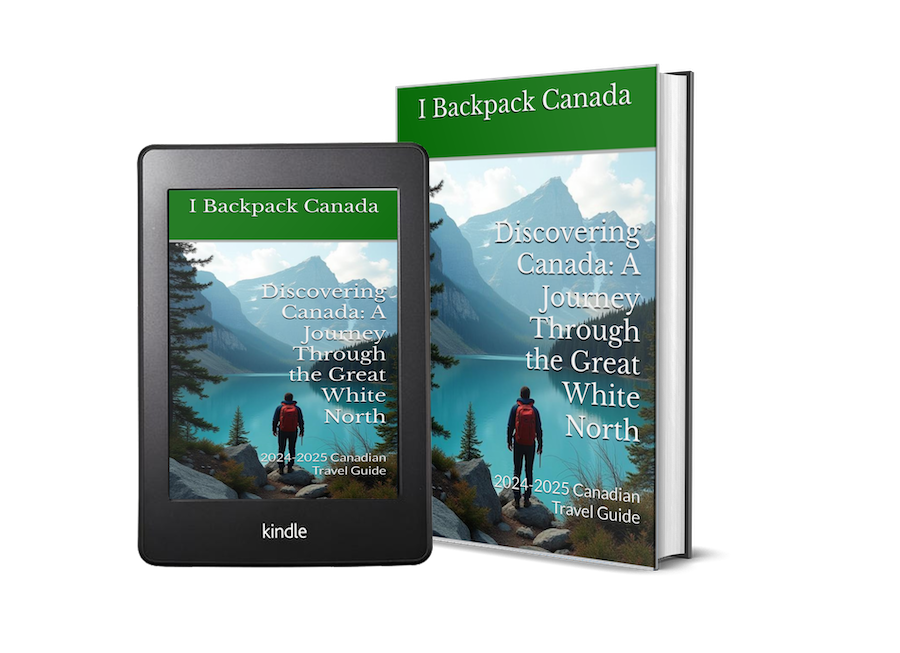Backpacking the Sunshine Coast Trail A Complete Guide
Posted on June 28, 2025 • 4 minutes • 827 words
Table of contents
Backpacking adventures offer a unique opportunity to immerse oneself in the wonders of nature, and the Sunshine Coast Trail in British Columbia is no exception. Stretching over 180 kilometers along the stunning coastline, this trail showcases breathtaking views, diverse ecosystems, and an array of wildlife. Whether you’re a seasoned backpacker or a novice eager to explore, the Sunshine Coast Trail provides a remarkable experience for all. In this comprehensive guide, we will cover everything you need to know about planning your backpacking trip on this incredible trail, from preparation and essential gear to must-see highlights along the way.
Understanding the Sunshine Coast Trail
The Sunshine Coast Trail is recognized as one of the longest continuous hiking trails in Canada. It meanders through lush forests, rocky shorelines, and tranquil lakes, making it a paradise for outdoor enthusiasts. The trail spans from Sarah Point in the south to the town of Earls Cove in the north, offering a variety of landscapes that change with every kilometer. This diverse environment supports numerous species of flora and fauna, making it a natural wonder worth exploring.
Best Time to Hike the Sunshine Coast Trail
Timing can significantly impact your backpacking experience. The ideal months to hike the Sunshine Coast Trail are from late spring to early fall, typically between May and September. During this period, the weather is generally more stable, with warmer temperatures and less rain. Late summer often showcases the best trail conditions, allowing hikers to enjoy the stunning views without the hindrance of mud or snow.
Preparing for Your Backpacking Adventure
Preparation is key when it comes to backpacking the Sunshine Coast Trail. Here are some essential steps to ensure a successful trip:
Plan Your Itinerary: The trail can be split into multiple segments, allowing you to choose how far you want to hike each day. Popular stopping points include Powell River, where you can find resupply options and accommodations if needed.
Check Trail Conditions: Before setting off, check the trail conditions on the Sunshine Coast Trail website or local hiking forums. Weather can change rapidly, and it’s wise to be aware of any closures or challenging sections of the trail.
Obtain Necessary Permits: While most of the trail does not require permits, certain camping areas may have regulations. Familiarize yourself with the rules, especially regarding camping in designated areas to minimize impact on the environment.
Essential Gear for Backpacking
Packing the right gear can make all the difference in your backpacking experience. Here’s a list of essentials to bring along:
Backpack: Choose a comfortable, well-fitted backpack with enough capacity to hold your gear. A 60-70 liter pack is often sufficient for multi-day hikes.
Tent and Sleeping Equipment: Lightweight tents, sleeping bags, and sleeping pads are vital for a good night’s rest after a long day of hiking.
Clothing: Layering is essential. Bring moisture-wicking base layers, insulating mid-layers, and waterproof outer layers to suit varying weather conditions.
Cooking Supplies: A portable stove, fuel, cooking pots, and lightweight utensils will help you prepare meals on the trail.
Navigation Tools: A map, compass, and GPS device are crucial for staying on track, especially in remote areas.
Navigating the Trail
The Sunshine Coast Trail is well-marked, making it relatively easy to navigate. Trail signs and markers are placed at regular intervals. Keep an eye out for trail junctions and follow the signs to avoid getting lost. It’s advisable to download offline maps or carry a physical map as a backup.
Highlights Along the Sunshine Coast Trail
One of the many joys of hiking the Sunshine Coast Trail is discovering its unique highlights. Here are a few must-see spots:
Desolation Sound: Known for its stunning fjords and marine wildlife, this area offers breathtaking views and opportunities for kayaking and swimming.
Powell Lake: A refreshing stop for a swim or a picnic, Powell Lake is a perfect spot to relax and recharge.
Crescent Beach: This picturesque beach is ideal for taking in the sunset after a long day of hiking.
Nootka Island: A side trip from the trail, Nootka Island offers a chance to experience First Nations culture and explore more remote wilderness.
Safety Tips for Backpacking
Prioritize safety during your trip by following these tips:
Stay Hydrated: Carry enough water and know where to find safe water sources along the trail.
Wildlife Awareness: Be cautious of wildlife, especially bears. Store food properly and make noise while hiking to avoid surprising any animals.
Emergency Preparedness: Pack a first-aid kit, an emergency blanket, and a whistle. Knowing basic first-aid skills can be invaluable.
Conclusion
Backpacking the Sunshine Coast Trail is an adventure that promises stunning scenery, diverse wildlife, and unforgettable experiences. By preparing adequately and following the guidelines outlined in this guide, you can embark on a journey that showcases the natural beauty of British Columbia. Whether you choose to hike a section or tackle the entire trail, the Sunshine Coast Trail offers an opportunity to connect with nature and create lasting memories. Happy hiking!





